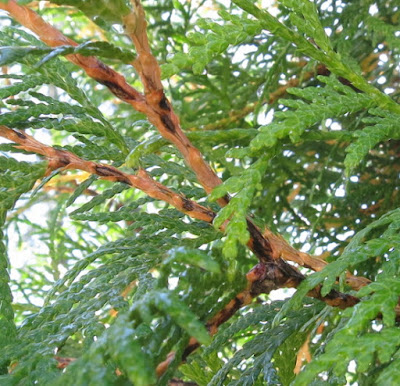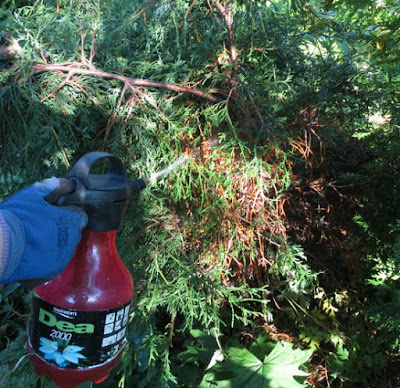Maple leaves redden and fall, in the garden all the paths are covered with maple leaves. I collect them and make maple leaf roses. I showed you how I made roses here.
Along the road spiraea also turned red.
Many rowan berries ripened deep in the forest. I like how the red rowan berries look at the background of white trunks of birches.
I walked down the path and saw the ripening Aronia (chokeberry) berries and rosa rugosa hips. This crop will get to the birds. Already flocks of waxwings visit gardens and forests before winter.
The autumnal sky...Alexander Pushkin, the Russian poet (1799-1837) wrote:
"The sky has already breathed autumn"
"It's a dull time of eye charm"
What is October in your place? Do you believe autumn is a 'dull time'?
Thanks for reading my blog!













































